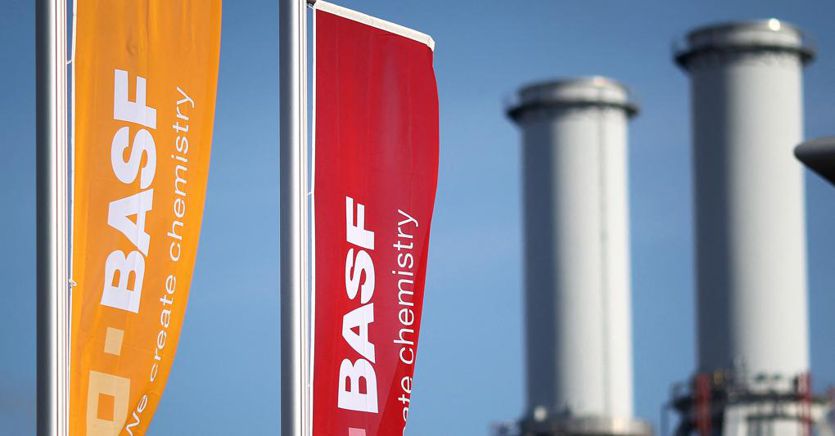If you look at the last 5 years of BASF’s history in Italy, you can see a continuous growth in turnover and 150 million euros of investments, of which 53 in 2022 alone, distributed between the new production line at the Pontecchio Marconi site (Bologna) and 3 strategic acquisitions, including Horta, a start-up specialized in digital solutions for agriculture. Looking to the next 5 years, the managing director for Italy, Lorenzo Bottinelli, explains that he has no reason to imagine a change of course and foresees «a pace of around 30 million euros of investments per year, both for the improvement of the plants, in line with what is happening globally and with the Net Zero emission objective, and for new acquisitions». This means that in a decade investments will reach 300 million euros.
The growth of Italy
For the German chemical multinational which has 112,000 employees and closed 2022 with record revenues of over 87 billion euros – up 11% on 2021, with an Ebit of 6.9 billion – «Italy remains a country strategic, so much so that no delays or extraordinary personnel operations are envisaged in the planning of investments, beyond the continuous improvement of efficiency», says the manager. «Italy’s strategic importance is also due to the great vivacity of our customers and of Made in Italy which is always a great stimulus, so much so that many of the innovations then developed and sold all over the world start right from Italy and some of our sites are globally strategic”.
Made in Italy innovation
The Villanova d’Asti site is of Emean significance and Basf’s leading experts in materials for the footwear sector are located in Villanova, where proximity to the footwear sector also counts for a lot. Pontecchio Marconi is instead a global site of reference for the agri-food chain, for which Basf is developing numerous molecules. In particular, a molecule was born right here that increases the stability of greenhouse sheets and extends their life. A sustainable solution, espoused above all by Italian farmers.
Forecasts for 2023
In our country, the German chemical multinational has 1,400 employees and 6 production plants. 2022, despite having closed with record results also in Italy, was however a roller coaster year. Italy reached 2.672 billion euros, up by +16.8%, «our all-time record – continues Bottinelli -, but the trends of the two halves of the year were diametrically opposed. In the first six months we reached numbers we had never seen before in terms of turnover and profitability. But then in the second part of the year there was a slowdown». There are several reasons. First of all «we are discounting the great effects of the energy impact – says Bottinelli -. Then in the second half of the year we saw a return to strong competition from other regions, such as Asia and the United States. Finally, consumer habits have changed. Although there are positive GDP forecasts for Italy, the GDP is driven by services rather than by durable goods which had had better expectations during the pandemic. This has an effect on the chemical industry as its products are present in 95% of goods».
global strategies
Globally, at the beginning of the year BASF announced 2,600 cuts which «out of the 112,000 employees globally represent an important number but which does not change the structure of the group. The challenge is to recover competitiveness in Europe and, in a particular way, in Germany – explains Bottinelli -. The focus of the restructuring plan is Europe and, largely, Germany, where in Ludwigshafen there is the largest chemical site in the world, a veritable citadel the size of Manhattan». The global industrial plan 2023-2027 provides for 30 billion euros of investments. Of these, a third, 10 billion, will be invested in China, in the new integrated production site in Guangdong. The other part will be invested in the revision of existing businesses, with a view to having regional and zero-impact sites in Europe, in order to achieve the Net zero emission goal by 2045, 5 years ahead of 2050. 2023, however It will be a very challenging year. «On the one hand we have some relief because we no longer have to digest the devastating effect of the energy costs that characterized the summer of 2022 – says Bottinelli -: energy costs, even if not out of control, are still high and this factor joins the order situation which is not at last year’s levels, especially in very important sectors for us such as construction, where the end of the superbonus effect has contributed to a double-digit slowdown in turnover and volumes, at the Italian level”.
